Here is a preview of exciting installations to see at the inaugural edition of Design China Beijing during Beijing Design Week.
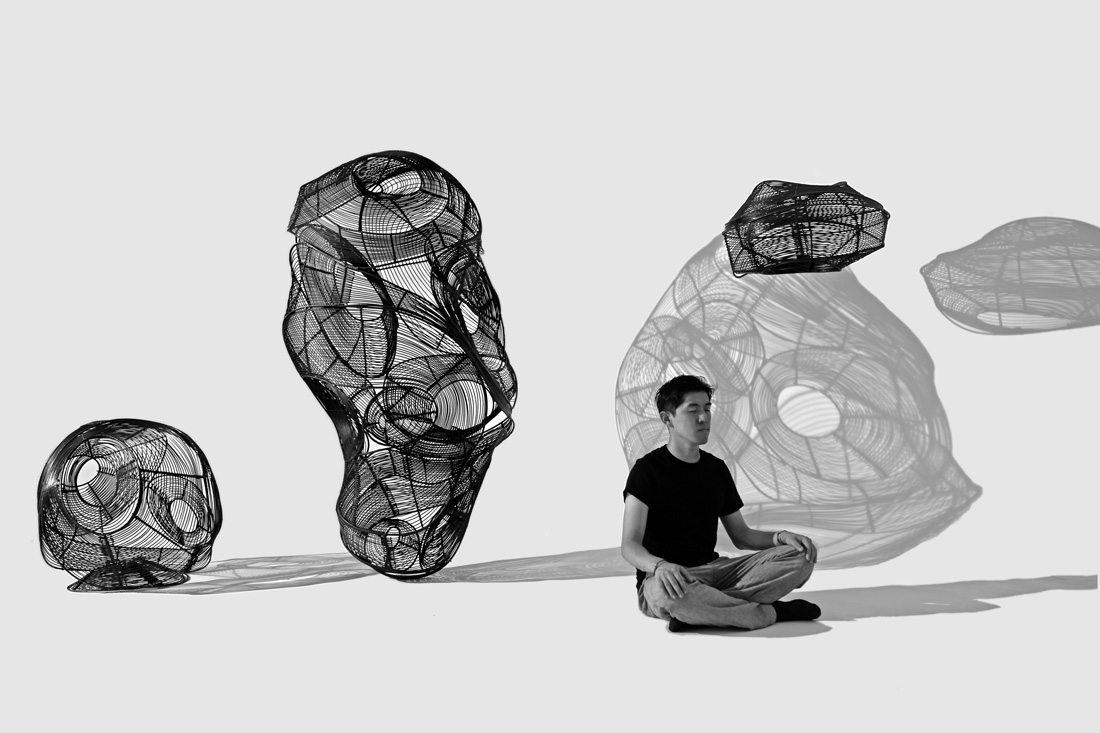
The inaugural edition of Design China Beijing will run from 20 to 25 September 2018 at the National Agricultural Exhibition Centre, one of the largest exhibition centres in Beijing.
Following the format of the more established Design Shanghai, Design China Beijing will showcase products and installations from exciting Chinese and global design brands across three design halls: Contemporary, Classic and Collectibles.
Design China Beijing will also provide a presentation platform for emerging Chinese design talents in the fair to highlighting the growing industry in Beijing.
“We are excited to launch a platform in Beijing that will bring global design to the city as well as encourage and promote local brands and designers. Design China Beijing will help shape this emerging design market and we’re pleased to be able to launch during Beijing Design Week and help in creating a larger network within the Chinese design industry,” said Zhuo Tan, Show Director of Design China Beijing and Design Shanghai.
Like its Shanghai counterpart, Design China Beijing will feature stunning installations by designers and brands. Here is a preview of five of them:
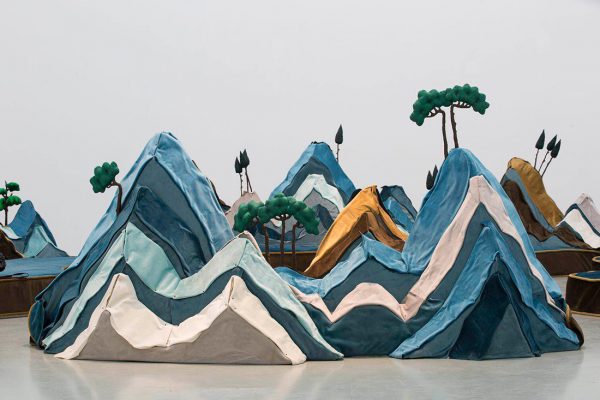
Naihan Li is an architect-turned-furniture-designer known for bold works inspired by shipping crates and award-winning projects. For Design China Beijing, Li has collaborated with Beijing-based Jardin Jewelry Co to create a limited-edition of wearable artwork. The pieces in the capsule collection will be made from enamel and filigree.
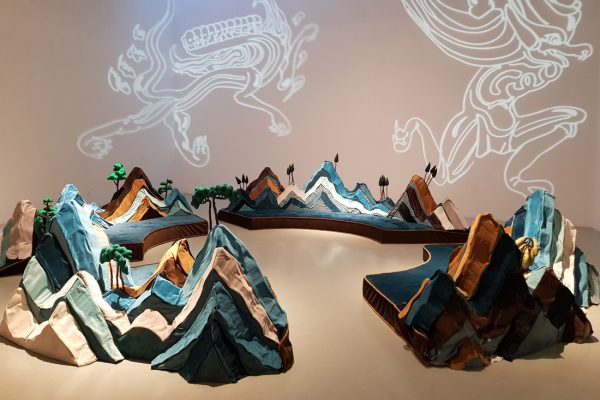
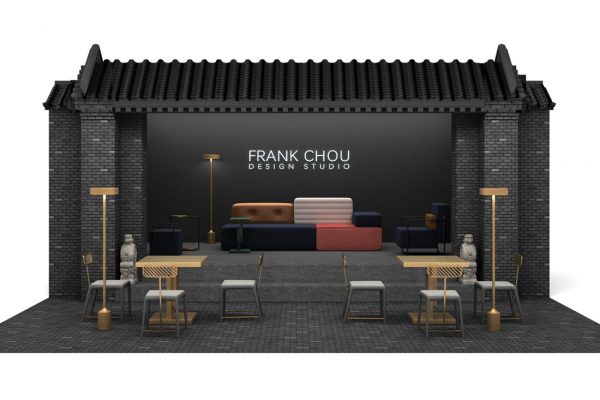
Frank Chou Design Studio will present iconic furniture pieces in a booth decorated with local traditional building materials. The furniture pieces in the collection include the Fan Chair, Stack Table and Combo Sofa.
The booth will have an indoor and outdoor spaces separated by grey bricks that create a courtyard door. The installation aims to pair traditional Beijing building materials and contemporary furniture and promote the resulting aesthethic.
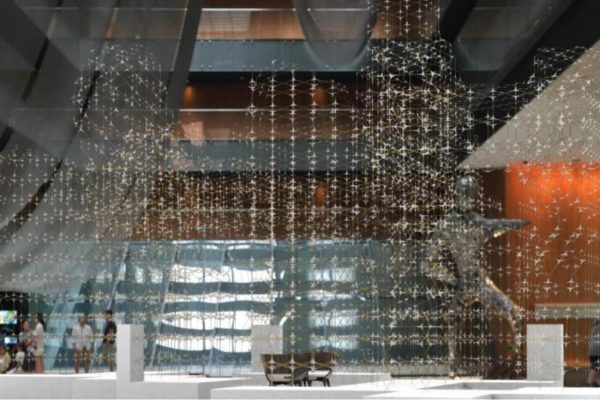
Yang House Virtual Landscape Teahouse, designed by Jamy Yang, will be exhibited in the lobby of The Opposite House in Beijing during Design China Beijing and Beijing Design Week.
The structure takes Yang’s classic space device, the Y folder system, where middle pillar has been substituted by a bamboo component and delineates a giant surrealistic Virtual Landscape stereoscopic presentation.
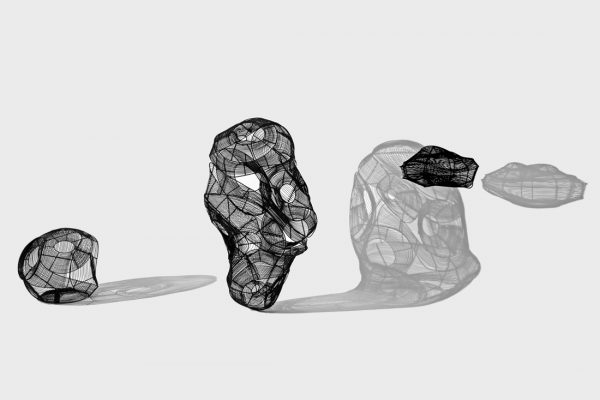
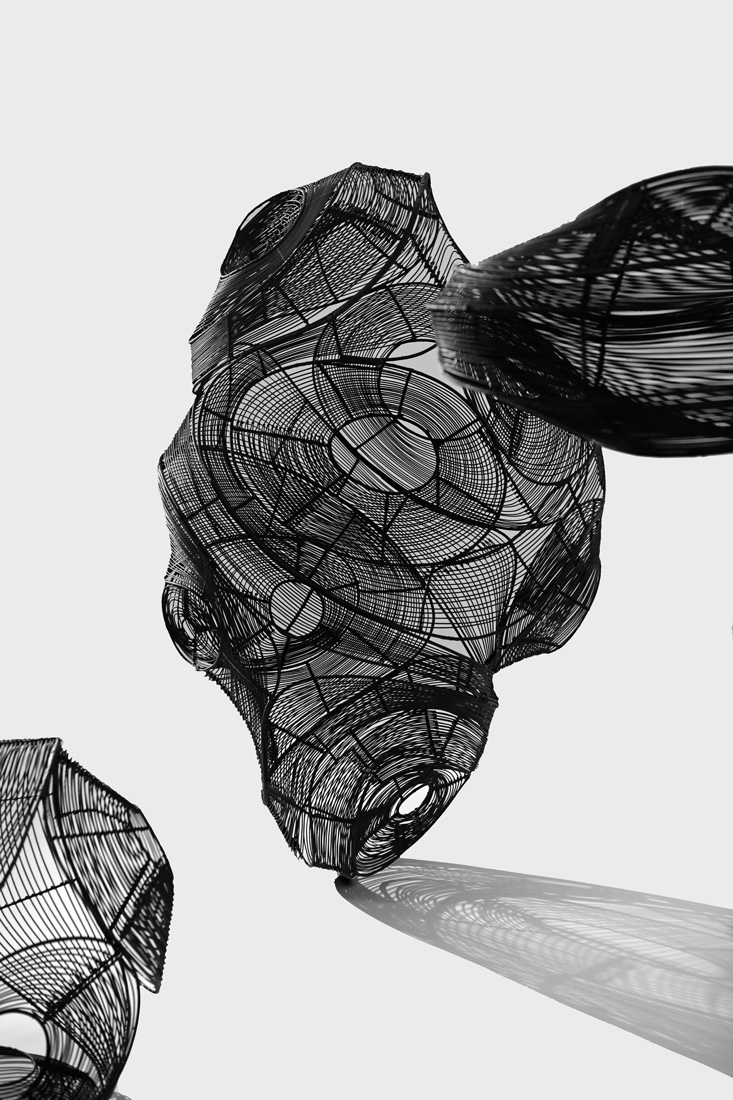
Cloud Bone is a collection of works made from bamboo fibre that aims to showcase the flexibility of the material. It uses bamboo’s natural elasticity to create an organic structure. Designer Junjie Zhang used CGI to emulate the flowing shape of a cloud and recreate the traced ‘bones’ using bamboo.
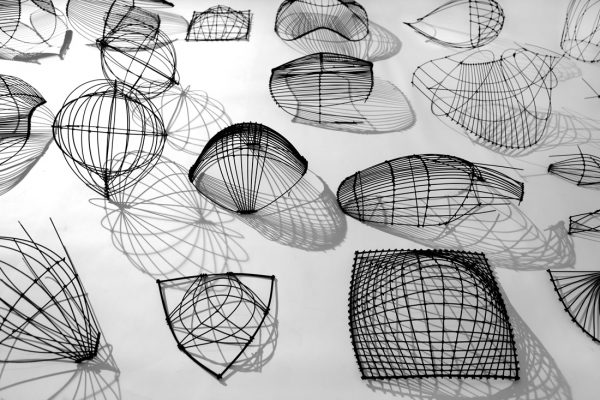
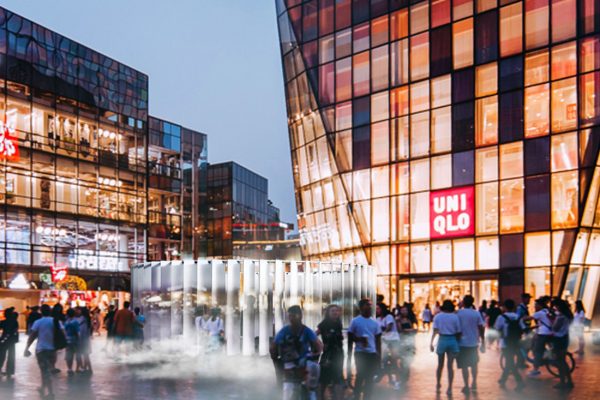
This installation is inspired by the Temple of Heaven, the most revered building of Beijing’s nine altars – on which emperors of the Ming and Qing dynasties made their tribute to the heavens.
Ten Altar re-imagines and modernises the concrete elements of Temple of Heaven, such as the fences, pillars, echo walls, and uses mirrors to reflect these ancient traditions.
The installation is designed to be interactive. Visitors can move and change parts of the installation, while above them dry ice will produce fog, creating the appearance of clouds across the sky.
A searchable and comprehensive guide for specifying leading products and their suppliers
Keep up to date with the latest and greatest from our industry BFF's!

Savage Design’s approach to understanding the relationship between design concepts and user experience, particularly with metalwork, transcends traditional boundaries, blending timeless craftsmanship with digital innovation to create enduring elegance in objects, furnishings, and door furniture.

The Sub-Zero Wolf showrooms in Sydney and Melbourne provide a creative experience unlike any other. Now showcasing all-new product ranges, the showrooms present a unique perspective on the future of kitchens, homes and lifestyles.

Create a configuration to suit your needs with this curved collection.

Marylou Cafaro’s first trendjournal sparked a powerful, decades-long movement in joinery designs and finishes which eventually saw Australian design develop its independence and characteristic style. Now, polytec offers all-new insights into the future of Australian design.

Australian artist Marion Borgelt’s work can be found in some of Australia’s most notable commercial buildings – from 123 Pitt Street, Sydney, to Tower One, Barangaroo and Perth’s Crown Towers. Gillian Serisier steps us through her latest exhibition of work.

With its inspiring in-showroom installations, The Project is one of Saturday Indesign’s major highlights. The 2023 People’s Choice winner is ‘f l u i d’ by Plus Architecture with AXOR.

There are not really enough adjectives to describe the experiential world of Kaleidoscope by Keith Courtney. This experiential, spatial artwork has been travelling Australia and showing in Sydney until 10 September.

Tilt and First Peoples artist Lisa Waup have collaborated to bring an Indigenous public art installation to Melbourne’s Westgate Freeway. This artwork integrates Indigenous narratives into the urban landscape in a significant Australian first.
The internet never sleeps! Here's the stuff you might have missed

2024’s theme, “Reawaken,” calls for a journey through reinvention and sustainability.

On the 22nd of February, the local design scene brimmed with excitement as Unison marked its 10th anniversary by becoming the first MillerKnoll dealer in the Australia and New Zealand region.

Welcome to the year of the Design Effect. This year’s theme aims to showcase the profound ripple effects that exceptional design can have on people, place and planet. Join in shaping this narrative by contributing your perspective before May 3, 2024, and become a part of the Design Effect movement.